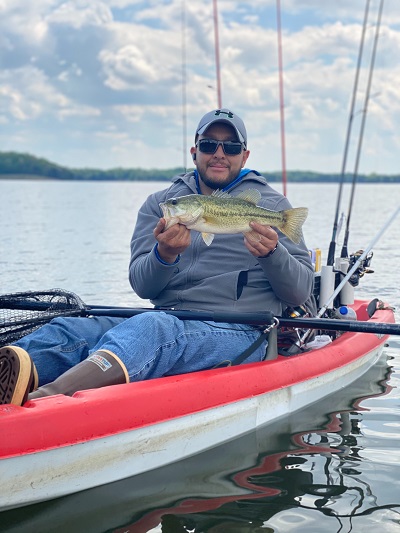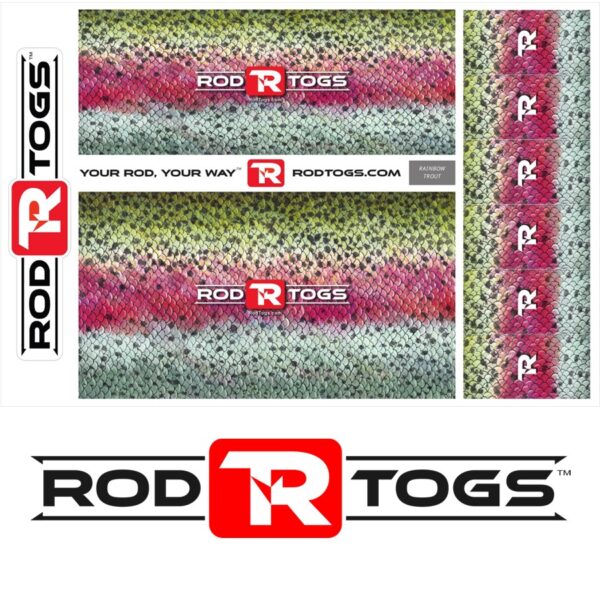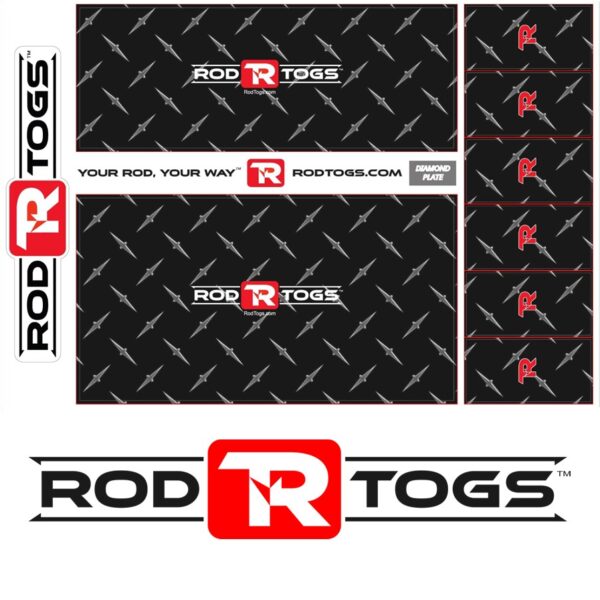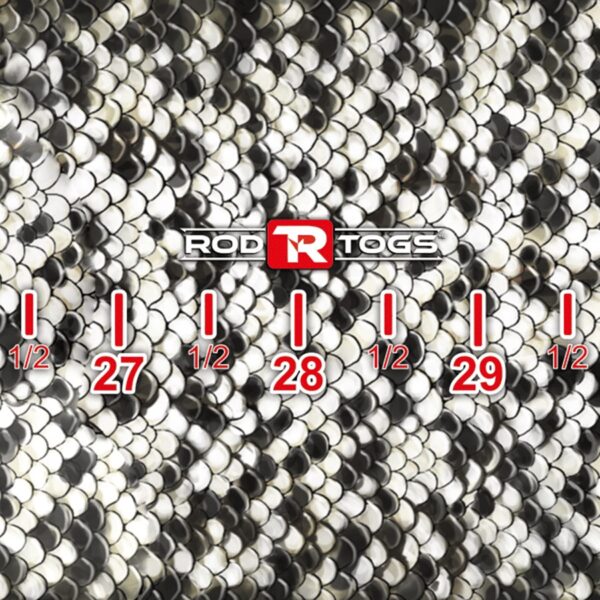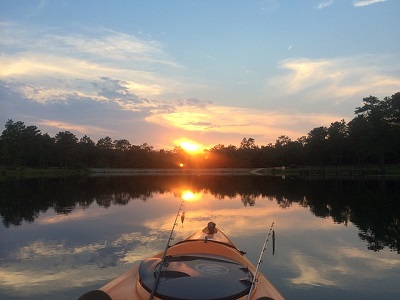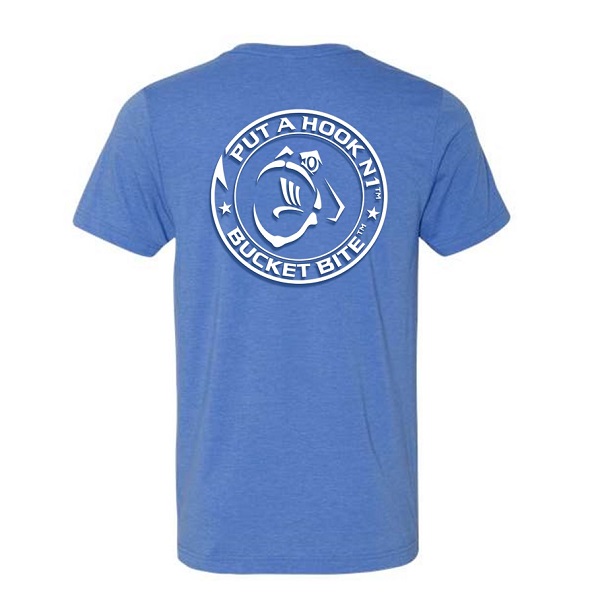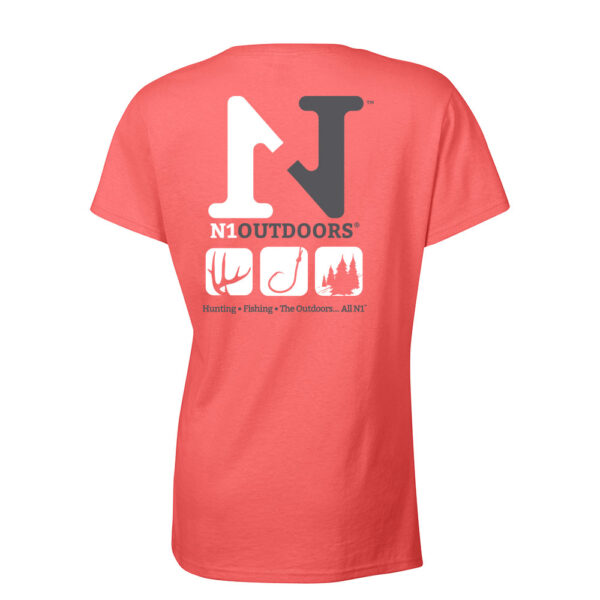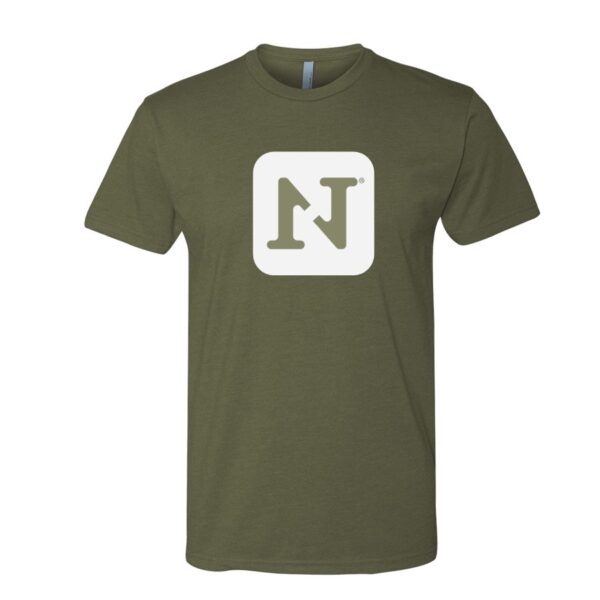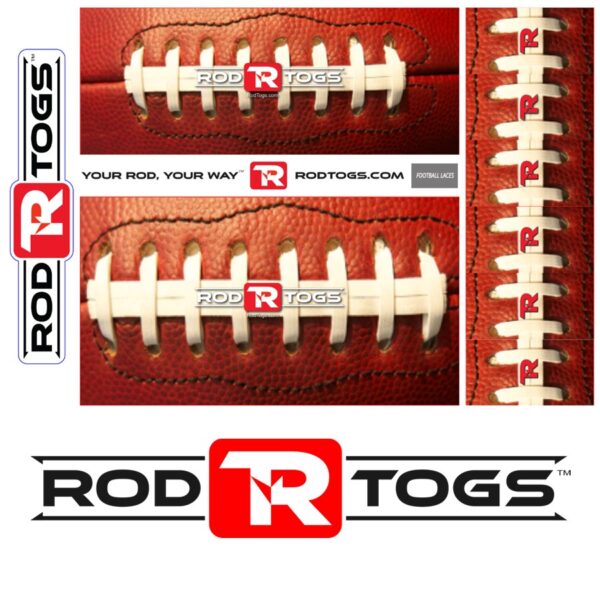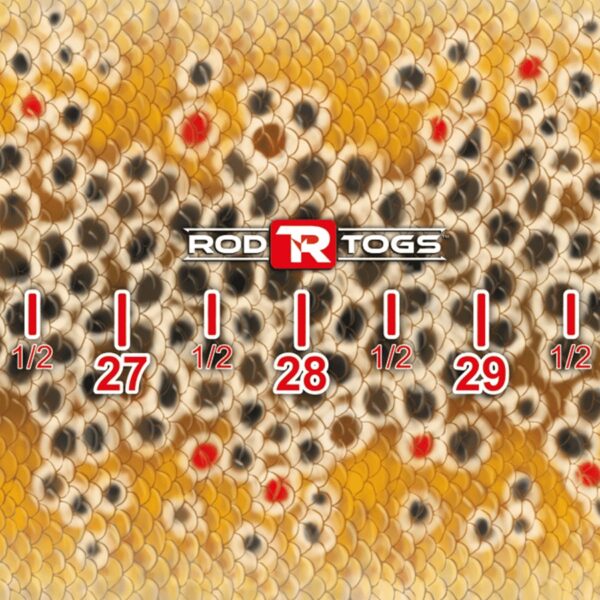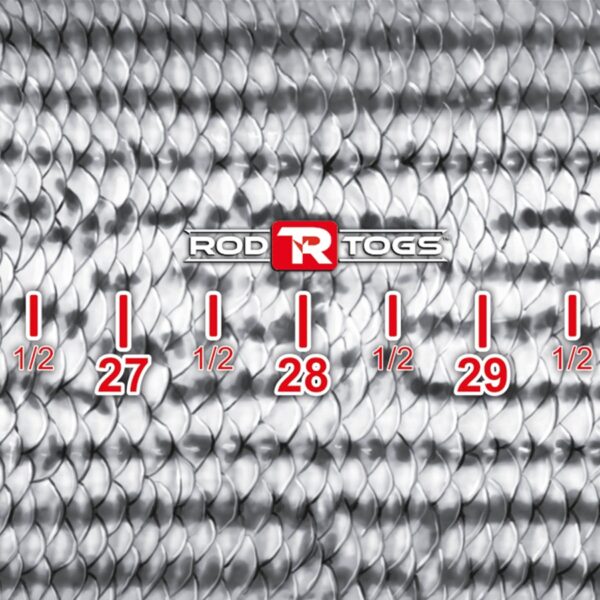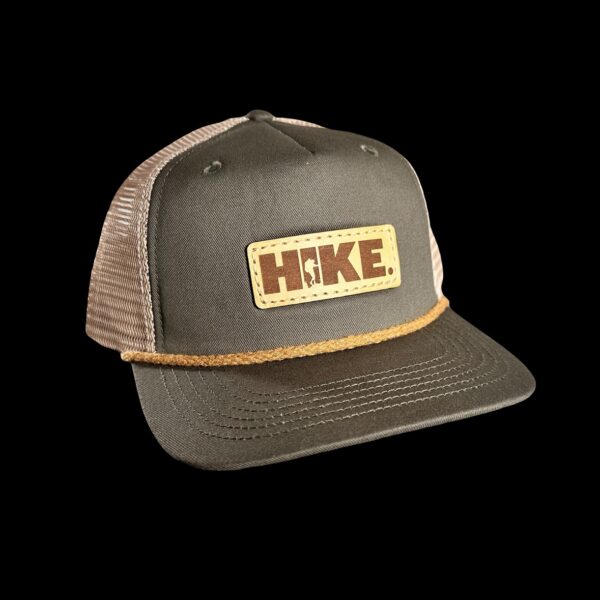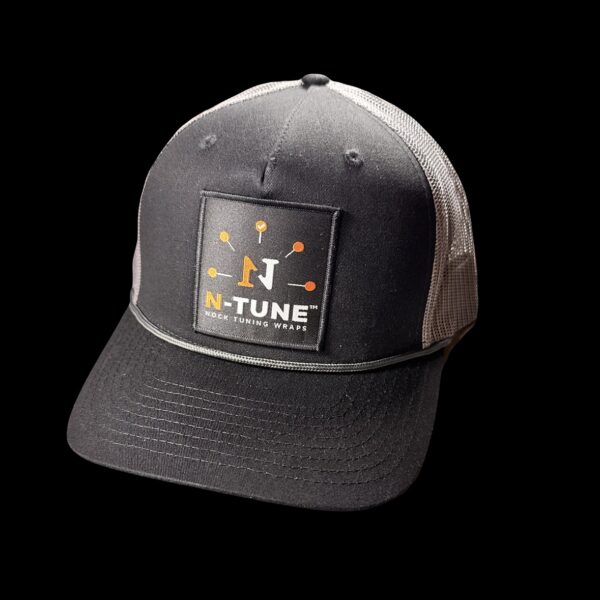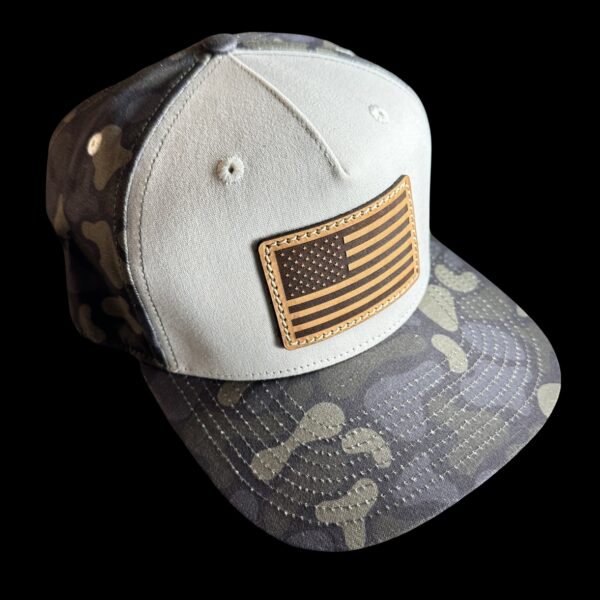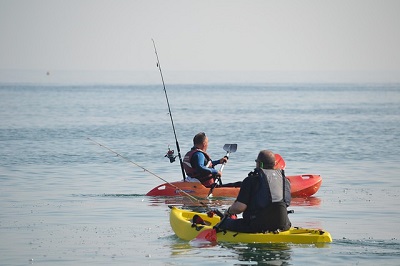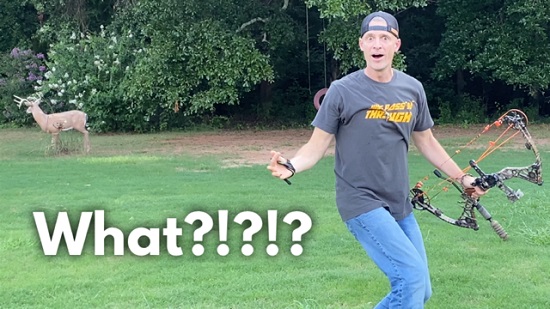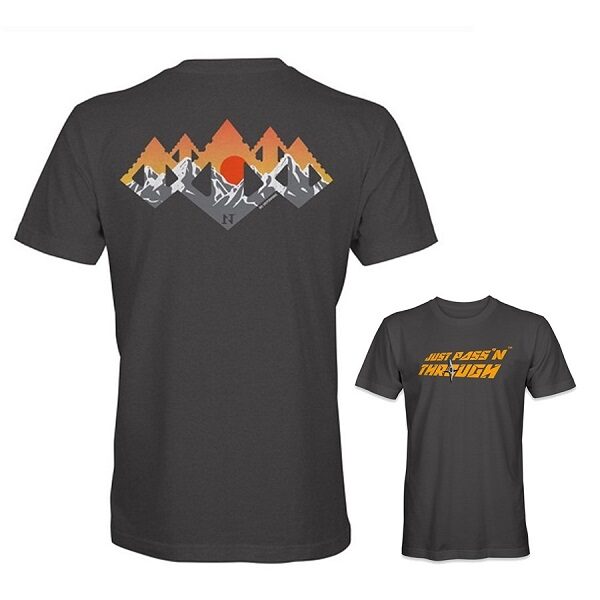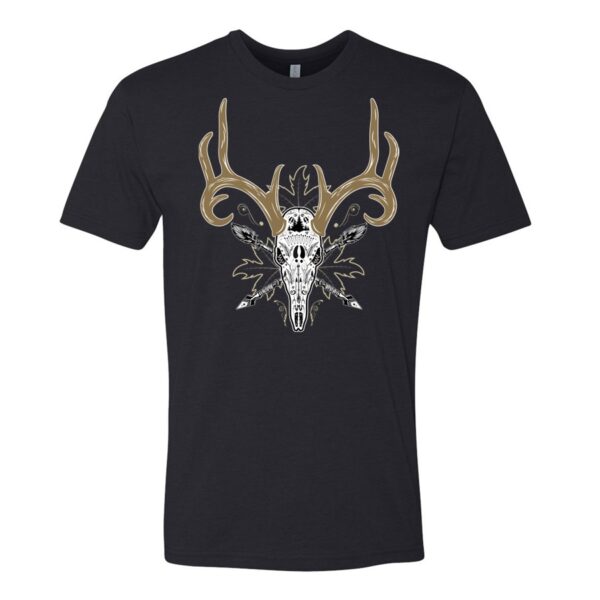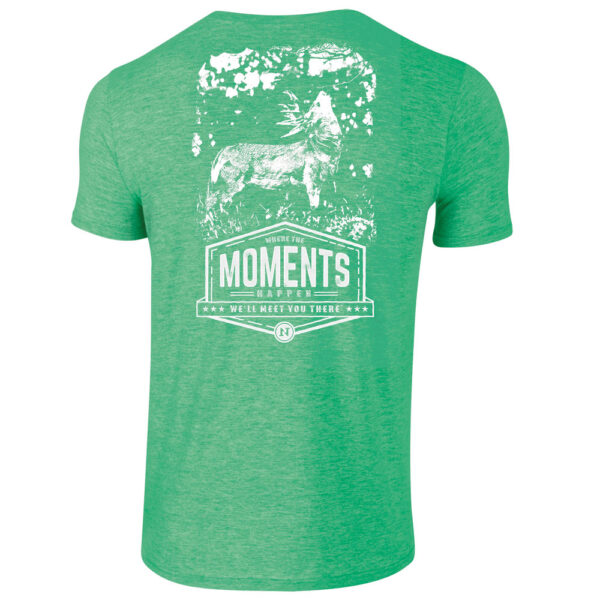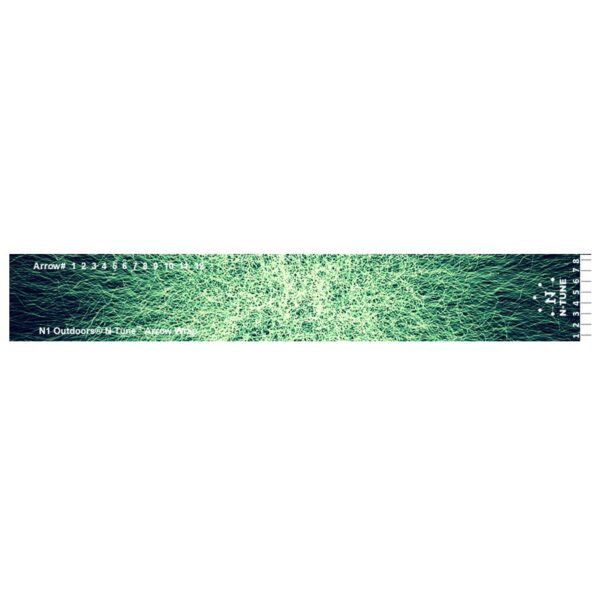Fishing from a kayak has been taking the angling world by storm, with more anglers deciding to use a kayak as their main fishing platform.
The number of anglers who have started kayak fishing for bass, in particular, has skyrocketed.
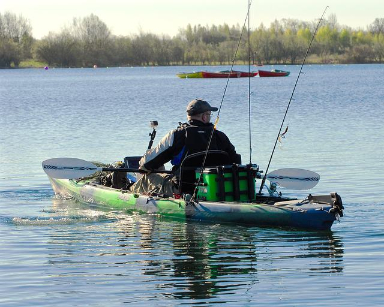
Kayak fishing has exploded in popularity. And, fishing for bass from a kayak can be an unforgettable rush!
So, let’s take a look at tips and tricks to help new kayak anglers adjust to fishing from a kayak and consistently catch bass.
Why You Should Consider Kayak Fishing for Bass
Using a kayak allows you to fish waterways that are inaccessible to bass boats, due to either shallow water or a lack of public boat launches, and these waters typically receive little to no fishing pressure, meaning the fishing action could be epic.
Another benefit of kayak fishing is the associated cost (or, should we say lack of cost!)
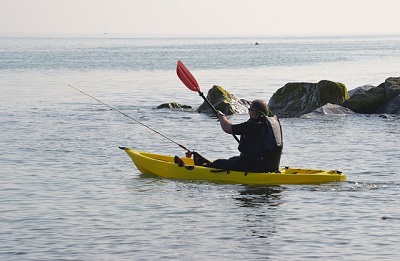
A kayak allows you to get in the fishing game without spending tens of thousands of dollars on a bass boat.
You don’t need to buy a boat that could run in the 5-figure range, and with a kayak, there is little to no maintenance, with no worries of breakdowns and expensive repair bills.
Kayaks are light and highly mobile, so you can get a small trailer and haul them with a small car or any vehicle. And, if there is no access point close to a road, you can drag or cart the kayak to the body of water you intend on fishing.
The versatility of a kayak for bass fishing is game-changing. Even if you have a bass boat or other fishing boat, it would still be a great idea to invest in a fishing kayak for situations where a regular fishing rig just won’t cut it.
-
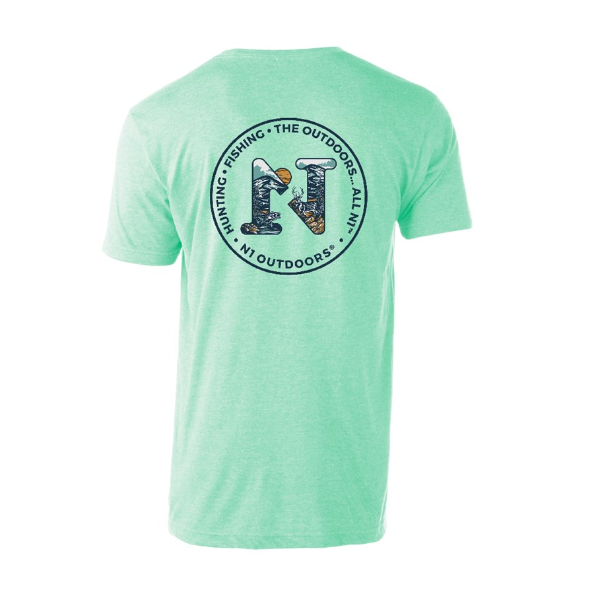
The “Outdoors All N1™” Hand Illustration Tee
Price range: $24.99 through $28.99 Select options This product has multiple variants. The options may be chosen on the product page -

N1 Outdoors® Est. 2014 TriBlock Bottomland Camo Performance UPF 50+ Shirt
Price range: $37.99 through $39.99 Select options This product has multiple variants. The options may be chosen on the product page -
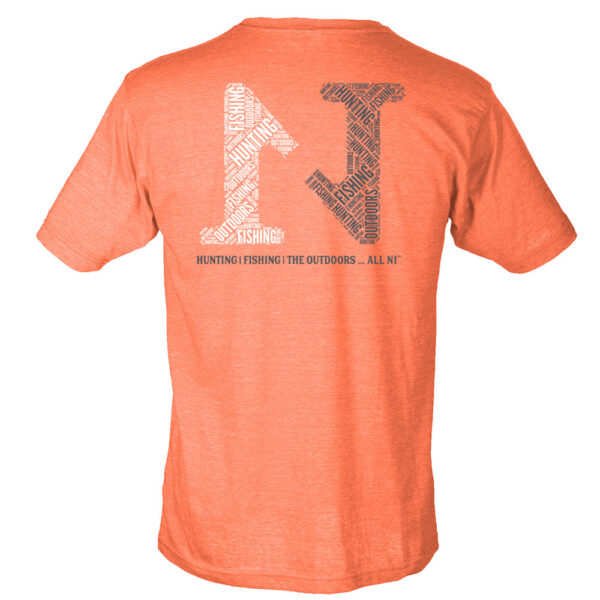
N1 Outdoors® Word Cloud Tee (Heather Orange)
Price range: $22.99 through $28.99 Select options This product has multiple variants. The options may be chosen on the product page
Selecting The Right Kayak
If you are considering fishing for bass from a kayak, and have not already purchased one, the most important thing to do is to ensure you select the right one for the task.
Kayak fishing for bass is best done using the “sit on top” style of fishing kayaks, as these get you higher above the water line compared to “sit-in” kayaks, and in most cases, a sit-on-top type of kayak has the stability to allow you to stand when fishing.
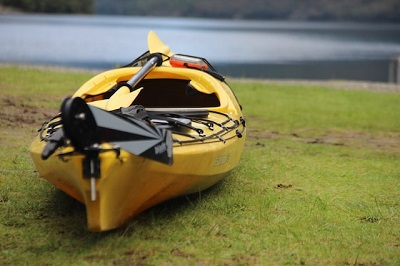
“Sit-in” kayaks like this one are not the best for fishing, as they may lack the stability while casting/retrieving. You should instead opt for a “sit-on-top” kayak.
Being able to stand comfortably when fishing from a kayak is crucial for anglers who are inexperienced with kayaking in a broad sense. Standing is better for getting quality hooksets, sight fishing, and dock fishing in shallow water.
You also will want to get a kayak with a pedal setup for the reason of having free hands to cast and retrieve without relying on a paddle to move around or hold your position.
Learn to Do More with Less When Bass Fishing From A Kayak
Fishing a kayak will change how you fish for bass in a few ways.
You will have to adapt a little to be as consistent in a kayak as you would be in a bass boat, and this is simply due to having less storage space and mobility.
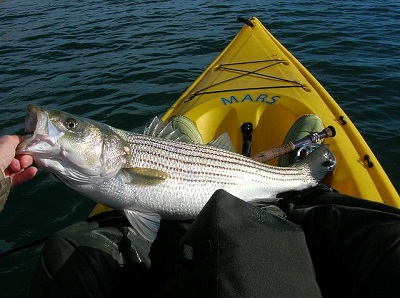
Kayaks have much less storage space than a traditional boat, so bring only the necessities in tackle/gear.
You need to bring the bare necessities for tackle and gear, and while you need to have a diverse selection of lures to suit fishing conditions and situations, the amount will be far less than what you are used to having.
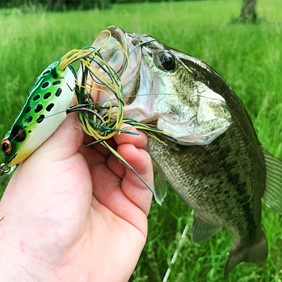
You’ll want to update your bass fishing lures at different points of the year, as you’ll have limited space in a kayak.
A good selection of jigs and soft plastics is always a given for bass anywhere they swim. Still, you must have at least a few different crankbait selections for various depths, topwater presentations, and power fishing lures like spinnerbaits and chatterbaits.
You will find that you need to update your minimalist lure selection throughout the season to cater to different forage preferences and fish locations, with the removal of jerkbaits or other lures, to make room for beneficial lures during any given season.
The learning to “do more with less” rule also applies to your fishing rods and reels, and you should have at the most only 4 rods to fish with. These rods should all be pre-rigged with different lures to make your time on the water more efficient.
Sonar Options
Many modern fishing kayaks allow for the installation of GPS/sonar units, and with sonar and GPS, you can find and fish mid-lake structures if the weather permits.
Fishing offshore structure is easier if you already know where these spots are and have fished them in the past, as finding new spots on medium-sized to large bodies of water can be difficult.
On large bodies of water, fishing mid-lake structure can be inefficient to the point where it isn’t worth the travel time to reach them, and staying closer to shore might be the best bet.
If you don’t plan on running a sonar unit in your kayak, the best option is shoreline fishing. Search for areas with timber, stumps, or other structure, steep breaks close to the banks, or docks.
Dock fishing is always a great option in the spring and summer, and plenty of fish can be caught in shallow areas.
Kayak Positioning and Control
One of the most critical aspects of fishing is boat control. Precision control of your boat or kayak equates to efficiency and putting your presentation in front of more bass.
Positioning and control can be difficult in a kayak due to factors like wind and wave action. As we mentioned earlier, a pedal setup is far more beneficial than simply using a paddle alone.
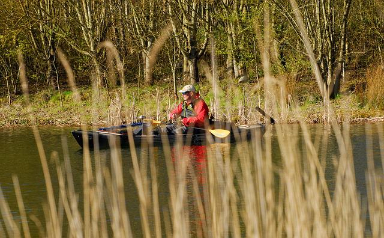
Kayaks allows you to quietly ease into fishing locations you might not otherwise be able to navigate in a larger boat.
Along with a pedal setup, some fishing kayaks allow for the easy installation of trolling motors. Still, if you don’t want to take up your precious and limited onboard space to store a battery, you still have a few other options.
The pole anchors used on many bass boats have become very popular for bass angling. Luckily, there are options on the market for kayak pole anchors, which effectively dig into the bottom in shallow water areas to allow you to fish structure and cover without drifting due to wind.
Believe it or not, due to being very light and having minimal draught and water contact, you can use specific lures to help you move.
Lures like spinnerbaits and chatterbaits provide enough resistance moving through the water that they will pull your kayak, and you can use this subtle movement to move and position your kayak.
Final Thoughts On Kayak Fishing For Bass
Bass fishing from a kayak has some serious advantages for the angler willing to think outside to box and those who are willing to find and explore hidden gem waterways.
Kayaks are light, highly mobile, and can give anglers an option other than buying and maintaining expensive fishing boats.
So, launch that kayak and get on the water! Good luck and we hope you put a hook N1!

